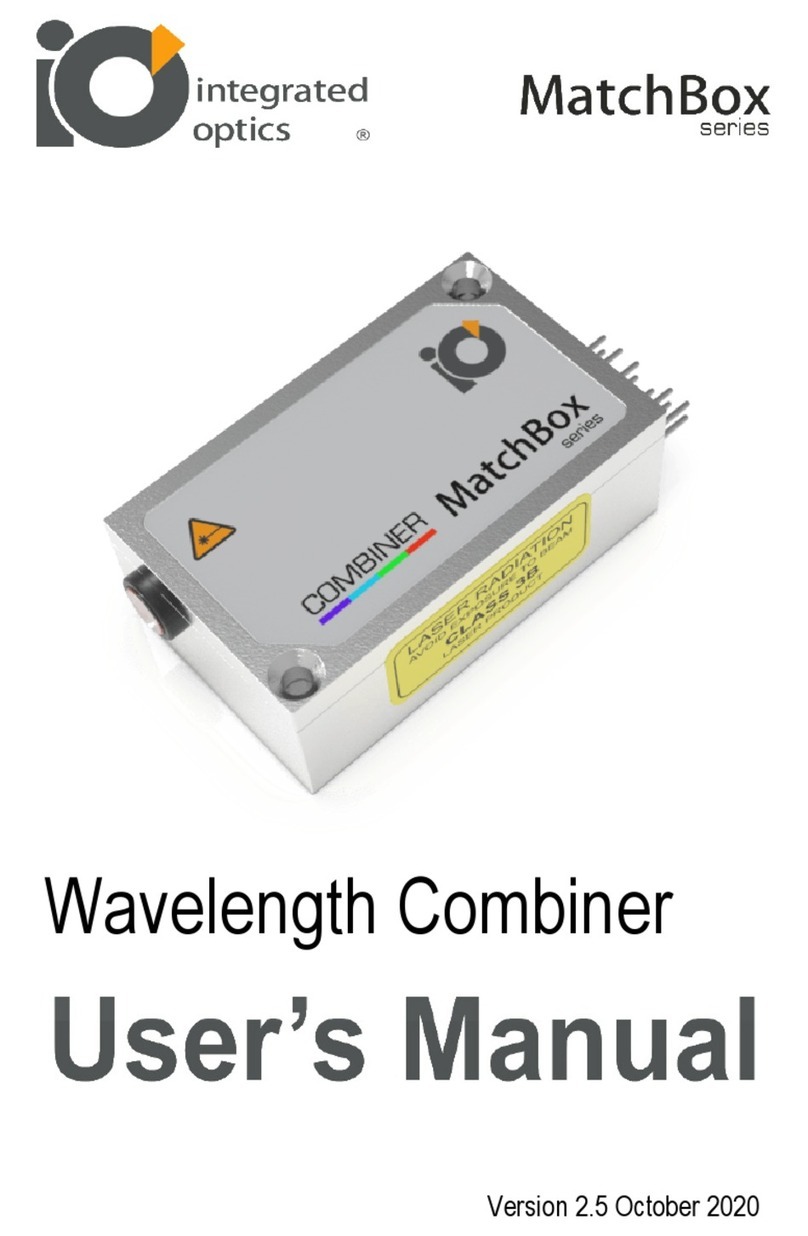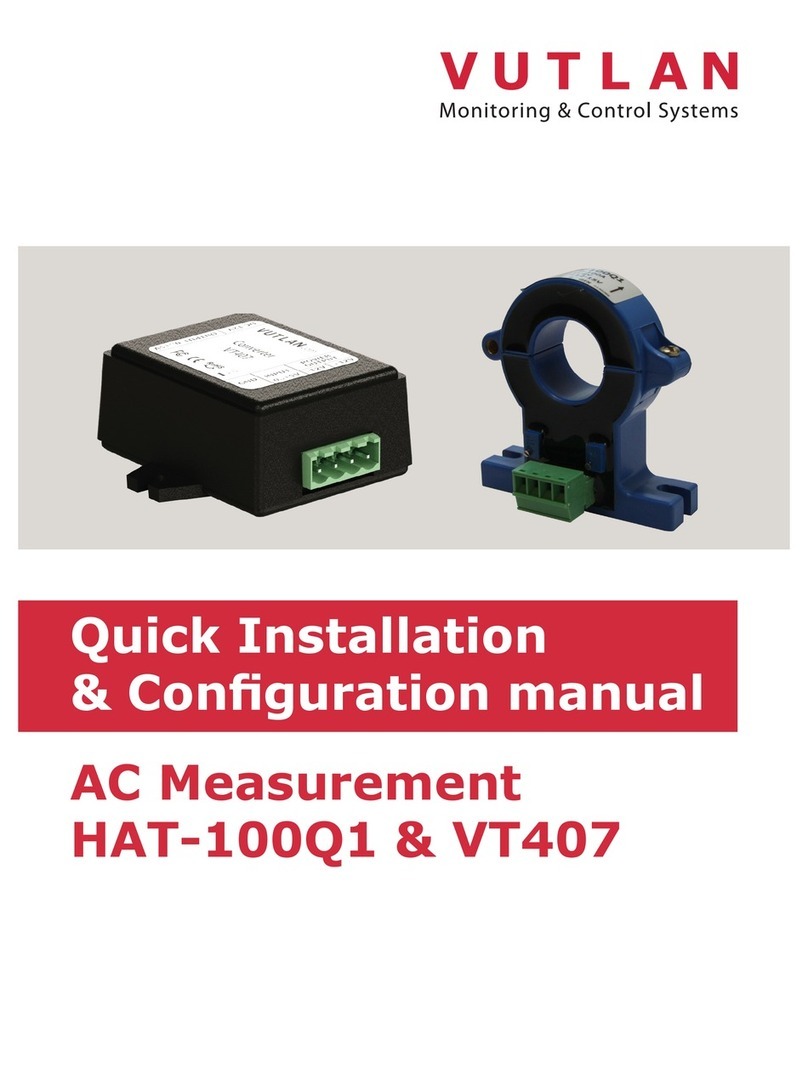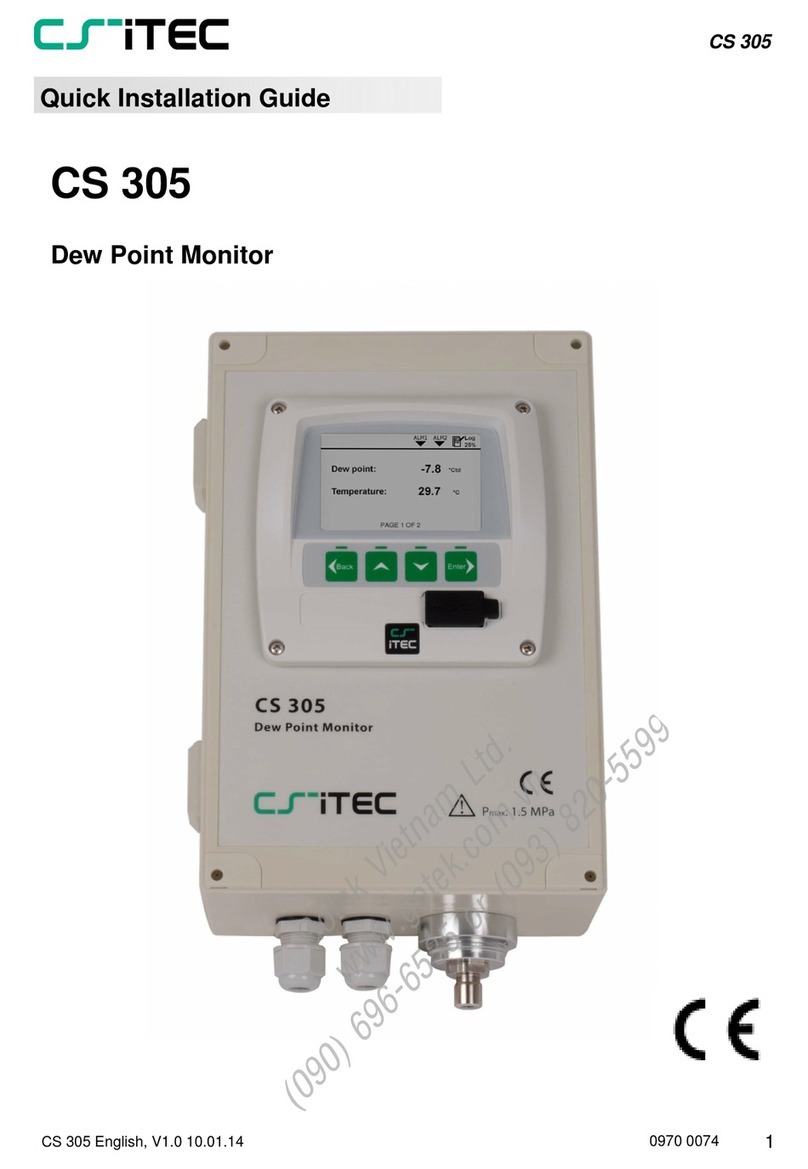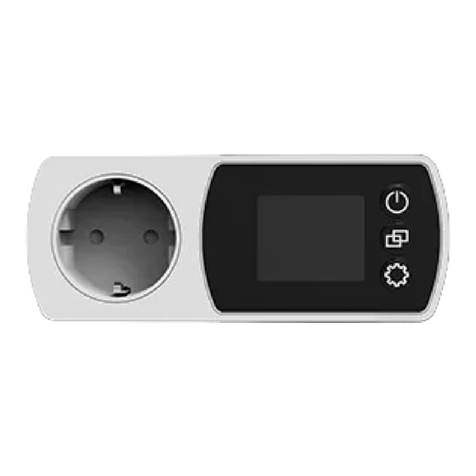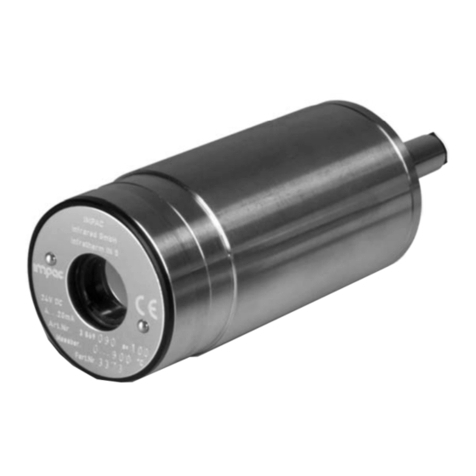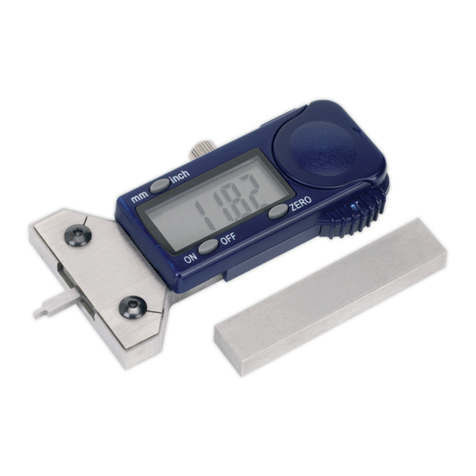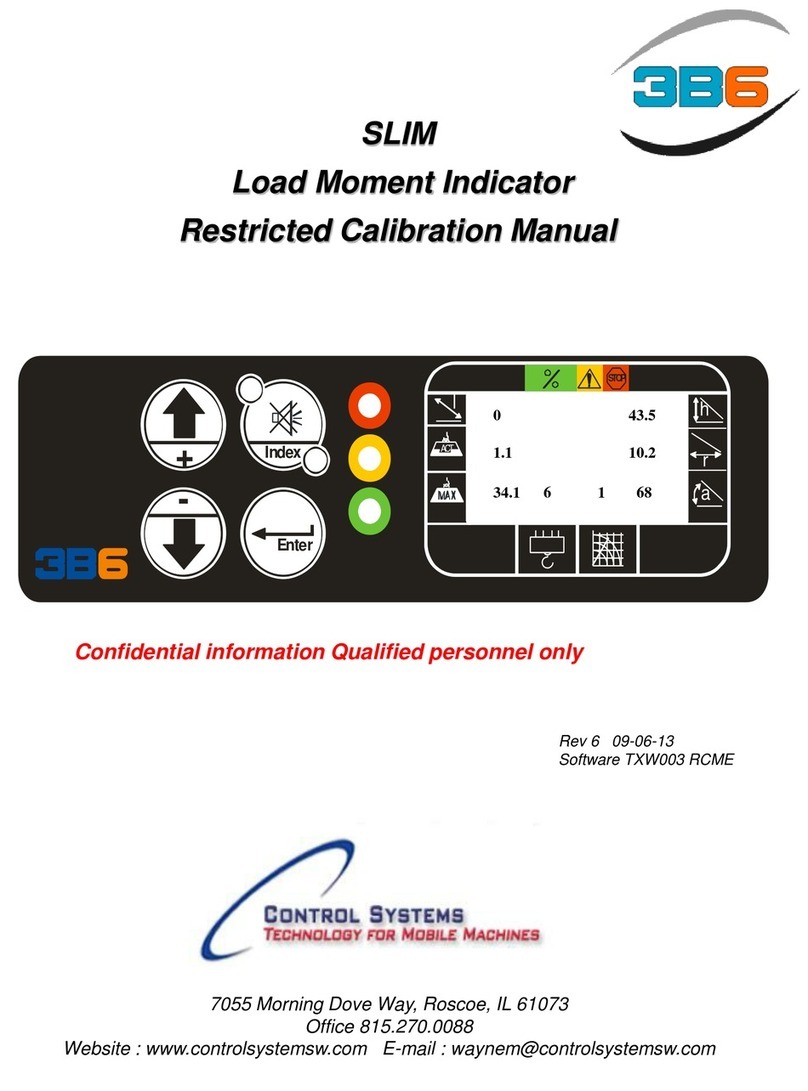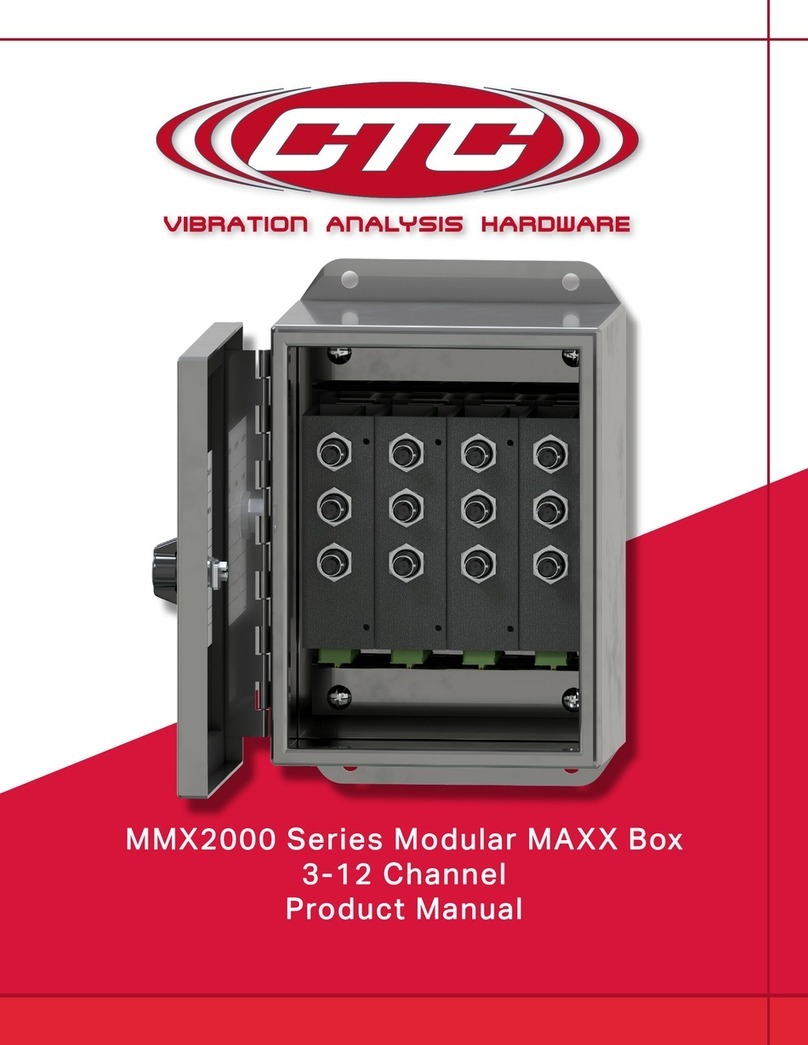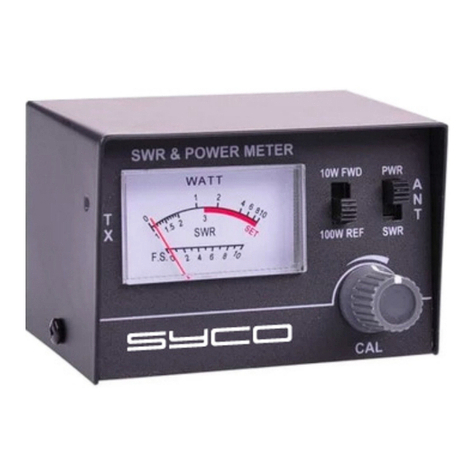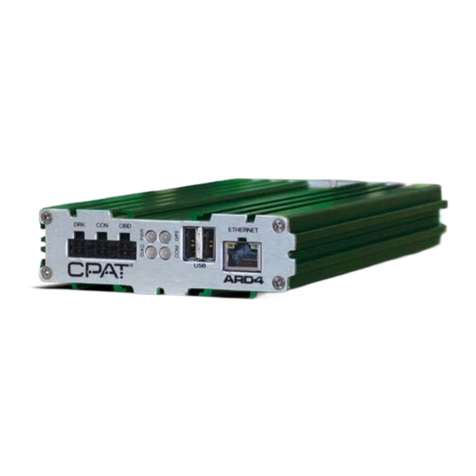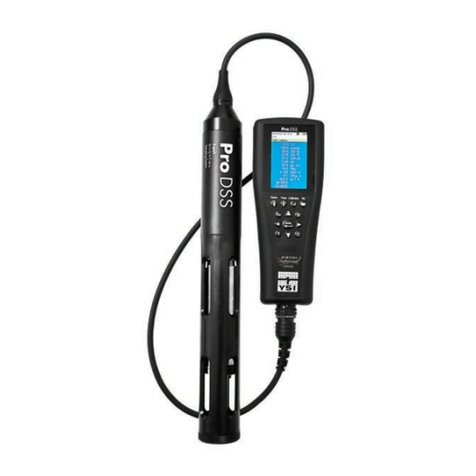Integrated Optics MatchBox Series User manual

Version 2.4 Jun. 2019
Continuous Wave laser


MatchBox 2 series | User Manual
1
INTRODUCTION
As the title hints, MatchBox products are ultra-compact, single-unit laser
sources with overall dimensions comparable to a regular matchbox
(30x50x18 mm3), connector pins not included.
The ‘MatchBox®’ series includes a range of continuous wave laser
sources, featuring wide range of wavelength, output power, output type
and line-width options.
The series is composed of solid state (DPSS) lasers, passive Q-Switch
short-pulse lasers, multi-wavelength lasers based on classical dichroic
combining, as well as direct laser diode (LD) lasers. Despite the different
technical implementation, physical and electrical properties, usability and
connectivity are almost identical throughout the series, representing our
commitment to perfect user experience and faster time to market for our
customers.
Please take your time to read this instruction manual which provides
essential information about the usage of the CW single-
wavelengthlasers. We have also included various hints and tips that will
help you to get the most out of a certain laser source.

Integrated Optics
2

MatchBox 2 series | User Manual
3
CONTENTS
1 SAFETY INFORMATION ............................................... ... 5
1.1 Labels ...................................................................... ... 5
1.2 Electrical safety ....................................................... ... 6
1.3 Optical Safety .......................................................... ... 7
1.4 Laser Safety and Classification ............................... ... 9
2 DESCRIPTION AND SPECIFICATIONS ....................... ... 11
2.1 Part Numbers .......................................................... ... 11
2.2 Description of Series ............................................... ... 11
2.3 Thermal Management ............................................. ... 12
2.4 Power Supply .......................................................... ... 14
2.5 Cables ..................................................................... ... 16
2.6 Power and Signal Connections ............................... ... 17
2.7 Specifications .......................................................... ... 18
2.8 Mechanical Design .................................................. ... 19
2.9 Laser Output Options .............................................. ... 22
2.10 Operating Environment............................................ ... 25
3 INSTALLATION.............................................................. ... 27
3.1 Preliminary Checks.................................................. ... 27
3.2 Heatsink Requirements ........................................... ... 29
3.3 Heatsink Installation ................................................ ... 30
3.4 Starting the laser ..................................................... ... 31
4 OPERATION .................................................................. ... 35
4.1 Operating Fiber Coupled Laser ............................... ... 35
4.2 Operating Free-space Output Laser........................ ... 36
4.3 UART bus ................................................................ ... 37

Integrated Optics
4
4.4 Laser Control Software ............................................ ... 38
4.5 Changing Output Power........................................... ... 51
4.6 Communication Command Table ............................ ... 51
4.7 Communication with Multiple Lasers in a Bus ......... ... 55
4.8 Attaching Control Interfaces........................................ 58
5 ACCESSORIES .............................................................. ... 59
5.1 Compatible accessories table .................................. ... 59
6 TROUBLESHOOTING Q&A ........................................... ... 61
6.1 Frequently Asked Questions.................................... ... 61
7 GLOSSARY .................................................................... ... 67
8 WARRANTY ................................................................... ... 71
8.1 Limitations of Warranty ............................................ ... 71

MatchBox 2 series | User Manual
5
1. SAFETY INFORMATION
1.1: Labels
Along the text you will find icons designed to draw your attention to
different bits of safety or otherwise important information:
This icon is used to draw your attention to important information,
related to the usage of a laser.
This symbol is a warning sign. It marks safety precautions related to
optical laser radiation and alerts the operator to the danger of exposure
to hazardous visible or invisible laser radiation.
This symbol is a warning sign. It marks safety precautions related to
electrical safety and alerts the operator about the presence of dangerous
voltage, which might appear on certain conditions. Electric shocks
caused by such voltage may constitute risks to the operator and the
equipment used.
Figure 1-1. Labels on a side of the laser indicates product safety information.
MatchBox lasers belong to the class 3B or class 4.

Integrated Optics
6
Figure 1-2. Serial number is marked on the back of the laser body, right above
the pin connection.
1.2: Electrical safety
Do not disassemble the enclosure. All units are designed to be operated
as assembled. Warranty will be voided if the enclosure is opened by the
customer.
Electric shocks from an unsuitable or poorly grounded power supply, can
cause extreme pain, severe burns, cardiac arrest and in some cases can
be even lethal, that is why the operator should always obey the safety
measures given below.
The laser body of MatchBox is connected to the ground, this means that
all internal electronics share the same ground of the laser body.
User must make sure that the power supply used with MatchBox laser
has grounded pin connection, is well grounded and that there are no

MatchBox 2 series | User Manual
7
grounding interruptions with other devices. Otherwise it can be
dangerous for the operator and it can cause malfunction of the laser.
1.3: Optical Safety
Light, emitted from a laser source, features hazardous properties, as
compared to conventional light sources, such as: luminescent bulbs, light
emitting diodes and etc. It is important for users or other persons
approaching to laser systems, to know the dangers involved. Only users,
who are familiar with laser safety should use laser systems, this way the
risks of laser radiation-related accidents would be minimized.
MatchBox lasers are Class 3B laser products with rare exceptions of
Class 4. Different models are arranged to emit up to 500 mW of visible or
invisible (infrared) radiation. Several models emit continuous wave
(further shortened to CW) or pulsed laser radiation up to 1W of optical
power.
The radiation is hazardous if the eye is exposed directly to the beam or to
it’s specular reflection. The risk of permanent eye damage or even
blindness increases due to longer exposure time.
Diffuse reflections as those from paper or other matte surfaces are
typically not harmful if observed at a distance of 1 m (3 ft) or larger.
The use of eye protection when operating a MatchBox laser is necessary
if at any circumstances the laser beam could be exposed to an eye
directly or through a specular reflection.
Eye protection in the form of spectacles or goggles is preferred to be with
appropriate wavelength filtering. For example, spectacles absorbing
waves of spectral region from 180 to 532 nm are suitable to work with e.g.
405 nm, 457 nm, 473 nm, 488 nm, 491 nm, 515 nm and 532 nm

Integrated Optics
8
MatchBox lasers, however you shouldn’t use these spectacles to filter
561 nm, 593 nm waves or radiation in the red and infrared regions.
Protective eyewear provides another significant advantage - when
working in dark rooms, laser radiation could haze your eyes even if it is
observed from diffuse reflections. Properly chosen eyewear definitely
reduce or even eliminate such haze and extend productive hours.
The beam emitted from Class 3B lasers can easily damage
photosensitive surfaces like those found in photodiodes, CCD cameras or
photomultipliers. It is important to make sure that an unattenuated beam
does not strike any of aforementioned devices directly. Calculation of
allowed fluency is necessary before using such devices with our lasers.
In addition to laser safety from the laser source alone, given safety
precautions must be followed:
• Experimental setup must ALWAYS be horizontal and below eye lev-
el;
• To avoid accidental exposure, never bend over or look down. If
something falls off of experimental setup, user must first turn off the laser
or close the mechanical shutter and only then pick up the fallen parts;
• Use protective shields or filters to get rid of unnecessary reflections
and scattering;
• User must never wear any kind of jewellery or watches while using
the laser system to avoid any laser beam reflections from those surfaces;
• The laser system must be used in a closed room, because high pow-
er and collimated laser beam can damage biological tissues even at long
distances;
• Extreme precautions must be taken while using volatile substances
in laser operational area;

MatchBox 2 series | User Manual
9
• High level of ambient light in laser operating room should be main-
tained whenever it is possible, in order to keep the pupil of the eye as
small as possible and to prevent the risk of eye damage;
• Warning signs must be posted near the entrance to the laser opera-
tion area and inside of it;
• Use of laser must be limited to users, who are completely familiar
with the rules above.
1.4: Laser Safety and Classification
The European requirements for Electromagnetic Compatibility (EMC) are
specified in the EMC Directive (published in 2004/108/EC).
Conformance (EMC) is achieved through compliance with the
harmonized standards EN55011:2009 for emission and EN61000-6-
1:2007 for immunity.
The laser meets the emission requirements for Class 3B or Class 4 as
specified in EN55011:2009.
Compliance of lasers within the MatchBox series with the (EMC)
requirements is certified by the CE mark.
MatchBox lasers are OEM dedicated lasers and usually come without
necessary safety means. OEM type products are designed for installation
into Class 1 enclosures. However, by adding accessories like beam
shutter and key-switch, CDRH compliance is reached.
The CDRH Accession Number for the MatchBox series lasers and
wavelength combiners is: 1810832-000.
The MatchBox CW laser alone has a simplified physical interface with just
5 pins. These pins have power supply, communication bus (UART) and

Integrated Optics
10
modulation/fan (predefined for different laser types) inputs/outputs. This
interface is sufficient and convenient for OEM laser integration.
However, for quick laser installation into scientific setups an additional
box is needed to provide necessary interlock, USB control, modulation or
fan connector, complying the CDRH requirements.

MatchBox 2 series | User Manual
11
2. DESCRIPTION AND SPECIFICATIONS
2.1: Part Numbers
The part number is composed as follows for the MatchBox series
continuous wave lasers:
Figure 2-1. Understanding part numbers of the MatchBox series CW lasers.
2.2: Description of Series
MatchBox Pulsed laser system incorporates the finest laser technology
with high quality direct and DPSS diode manufacturing techniques.
The MatchBox laser system contains laser source with integrated power
electronics, external PD (Power Delivery - in the latest generation of
Break-out-Boxes) power supply and interface cables. The system can be

Integrated Optics
12
mounted to a heatsink accessory and a ‘Breakout Box’ can be used for
converting UART communication to either USB or RS232. The MatchBox
laser system provides power, consistency and great performance in one
of the smallest packages at one of the most attractive price levels
available in the market.
2.3: Thermal Management
The MatchBox series includes DPSS (Diode pump solid state) and direct
diode lasers, whereas the higher power DPSS lasers as well as multi-
wavelength diode lasers tend to generate more excessive heat than the
single-wave diode lasers.
Depending on model, one or two thermo-electric coolers (TEC) are
equipped inside the enclosure for thermal management of a pump laser
diode and associated optics. Thermal stabilization of all critical
components is very important for low-noise and efficient operation of the
complete laser.
Depending on laser configuration, cooling of 5 to 25 W (5 W for most
diode lasers and 10 to 25 W for DPSS) may be required in a form of
conduction-cooled (AM-H8/AM-H3) or water-cooled (AM-H4) heatsink,
attachable to the bottom side of the laser.
Also, depending on a laser model, a suitable heatsink must have low
thermal resistance. For DPSS lasers, thermal resistance of <0.5 °C/W is
recommended, while for diode lasers <1 °C/W is sufficient. <0.5 °C/W
requirement is usually met by a larger passive copper heat sink or an
actively cooled aluminium heat sink.
In case of specific applications, such as holography, interferometry and
quantum cryptography, where narrow-linewidth lasers are being used in
varying environment temperature, the internal TEC of the laser might not
provide sufficient thermal stability to maintain high level of coherence and

MatchBox 2 series | User Manual
13
central wavelength stability. For these applications Integrated Optics,
UAB released a number of TEC based coolers and adapters (AM-H9,
AM-H10, AM-H11), which provide the extra stability needed.
Furthermore, these heat-sinks provide higher thermal handling capacity
and/or extend operational temperature range for high power DPSS
lasers.
As an accessory, Integrated Optics, UAB offer a few heatsinking
solutions, including self-sufficient forced air cooler, water-cooled adapter
plate and breadboard adapter plate. Both adapter plates are used to
fasten the laser to a standard 25 mm M6 thread pattern of a standard
optical table or breadboard. Additionally, Integrated Optics, UAB offers
adapter plates, which help to accommodate the MatchBox laser in place
of previously installed laser of other brands. However, adapter plates
need to be attached to heat sinks made of aluminium or copper, having
sufficiently low thermal resistance.
For efficient cooling, make sure that there are no other heat radiating
devices, such as heat exchangers, heaters or computers in the proximity
of the laser.
Attaching a DPSS laser to a stainless steel breadboard through M6
optical breadboard adapter will not provide sufficient heat dissipation and
the laser will most likely overheat. Steel is a very poor heat conductor.
For efficient cooling, make sure that the laser is not covered with or
obstructed by any obstacles, which could prevent air circulation around
the laser.
All MatchBox lasers are equipped with internal thermal protection feature.
If the internal temperature reaches 45 °C, the laser shuts down or starts
to blink. If this happens, turn off the laser and ensure better heat
dissipation by decreasing the heat-sink temperature and increasing the
heat-dissipation capabilities thereof.

Integrated Optics
14
2.4: Power Supply
The MatchBox series includes a variety of lasers featuring different power
ratings, thus requiring different power supply parameters. Power supply
requirements are provided below.
Voltage of 5 V is needed for these types of MatchBox series lasers.
Lasers of the same model could require different current. For instance
low-power laser 405L-21A needs maximum current of 0.6 Amps and
Table 2-1. Power supply requirements regarding laser
type.
Type Part No.
MAX
Current at
45 °C
Typical
Current at
25 °C
DPSS XXXXL-
XXB
4 A 1-2 A
LP Diode XXXXL-
1XA and
XXXXL-
2XA
0.6A 0.2-0.4 A
HP
Diode
XXXXL-
3XA and
XXXXL-
4XA
1 A 0.4-0.5 A

MatchBox 2 series | User Manual
15
typical of 0.3 Amps, whereas it is estimated that low-power laser 785L-
21A needs maximum current of 0.3 Amps and typical of 0.2 Amps.
For direct diode lasers the optimal power supply that we offer is the 15W
PD type USB power supply (AM-P7), while for DPSS lasers we
recommend to use 25 W, but optimally 45W to 60W PD-type (depending
on other accessories used) power supply (AM-P8). For powering lasers
through Break-out-Boxes (BoB), a PD (Power Delivery) power supply is
needed. The BoB triggers the power supply to run at 9V and converts it
to 5V internally.
To understand, the specifics of power supply requirements for your
MatchBox laser, better, power supply requirements regarding laser type
during start-up are depicted below.
Table 2-2. Power supply requirements regarding laser
type during start-up.
Type Part No.
MAX
Current at
45 °C
Typical
Current at
25 °C
DPSS XXXXL-
XXB
4.0 A 2-3 A
LP Diode XXXXL-
1XA and
XXXXL-
2XA
1.8 A 1-1.2 A

Integrated Optics
16
The values in the table are not absolute for all lasers and can vary from
laser to laser.
2.5: Cables
As seen in the section “Power Supply” on page 14, different types of
lasers require different power supplies, hence in some cases different
cabling for MatchBox laser system is also required.
The MatchBox laser features an OEM design, where integrators
implement their own physical interface to connect directly to the pins of
the laser. This is the reason why it is sold without any cables in its
standard configuration. However, standard cables are handy for end-user
setups, and therefore MatchBox accessories come with compatible
cables - power supplies are shipped with USB-C to USB-C type cables for
power delivery and Break-out-Boxes are shipped with USB-A to USB-
micro cable for computer communication.
HP
Diode
XXXXL-
3XA and
XXXXL-
4XA
2.2 A 0.8-1.2 A
Table 2-2. Power supply requirements regarding laser
type during start-up.
Type Part No.
MAX
Current at
45 °C
Typical
Current at
25 °C

MatchBox 2 series | User Manual
17
Free space lasers are pre-set to start instantaneously when power is
applied.
Fiber coupled lasers must be turned on via MatchBox laser control
software.
Please contact Integrated Optics, UAB for a customized physical
interface for data and power.
2.6: Power and Signal Connections
The MatchBox laser alone has a simplified physical interface with just 5
pins with 2.54 mm spacing (Figure 2-2). These pins have power supply,
communication bus (UART) and modulation/fan (predefined for different
laser types) inputs/outputs. This interface is sufficient and convenient for
OEM laser integration.
Figure 2-2. Connecting pins with 2.54 mm spacing on the back side of the
laser; pinout left to right.

Integrated Optics
18
Viewing left-to-right, the pins are dedicated for: first pin is for +VCC, next
two are UART bus interface pins Tx and Rx, then follows a multifunctional
pin (TTL modulation or fan speed control).
An empty slot is used as a key, ensuring that the female pinhead
connector will not be inserted in a wrong orientation or position.
The fifth pin works as a ground. The ground pin is soldered into the
enclosure of the laser, thus complete laser body is grounded.
2.7: Specifications
The MatchBox series includes a variety of lasers featuring different
wavelength and power ratings. The actual specifications of a laser are
provided in a test report accompanying a laser, which is sold to the
customer.
General specifications for all laser models can be found at
www.integratedoptics.com , you can scan the QR code below for a quick
access to our website:
Other manuals for MatchBox Series
1
Table of contents
Other Integrated Optics Measuring Instrument manuals
